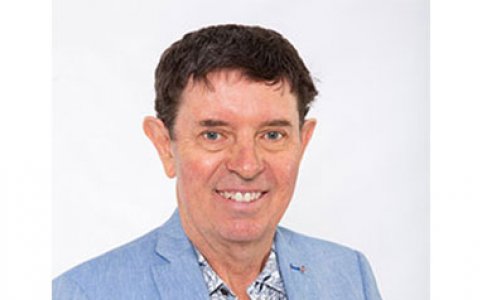Psychostimulants play a major role in fatal strokes among young adults
- One in five fatal strokes among Australians aged 15-44 involved psychostimulants.
- None of the deaths in this age group had higher levels of known risk factors for stroke, such as obesity, previous stroke, alcoholism or diabetes; but they were more likely to have used tobacco.
- The most common type of stroke was haemorrhagic stroke – burst blood vessel.
- The stroke was most likely to occur in the substance of the brain (intracerebral).
- Methamphetamine was the most common psychostimulant involved. In no case was medication for attention deficit hyperactivity disorder identified.
A world first Australian study of young adults who have experienced a fatal stroke has found that psychostimulant use plays a major role in stroke deaths occurring before age 45.
The study by researchers from the National Drug and Alcohol Research Centre at UNSW Sydney found that from 2009–2016, psychostimulant users constituted nearly a fifth of the 279 cases of fatal stroke in adults aged 15–44 years. The majority of the deaths had evidence of psychostimulant consumption immediately prior to the fatal stroke.
An estimated 76 million people use psychostimulants, which include illicit drugs such as methamphetamine, cocaine, and MDMA, as well as prescription stimulants. The study published in the Journal of Forensic Sciences is the first to present national data of psychostimulant use in young adults who experienced a fatal stroke.
Methamphetamine was overwhelmingly the drug implicated. The median methamphetamine concentration was similar to that reported for all methamphetamine-related deaths in Australia, and less than half that of deaths attributed solely to methamphetamine toxicity. This suggests that high concentrations are not essential to cause a methamphetamine-related stroke.
Cases of haemorrhagic stroke were also documented involving other illicit and licit psychostimulants. In no case was medication for attention deficit hyperactivity disorder identified.
“Strokes in this age group are not common, as most strokes occur among older people. Of the fatal strokes that do happen in younger people, psychostimulant users comprise a large proportion” said the study’s lead author, Professor Shane Darke. “Users of these drugs, however, appear to be largely unaware of the risk. Psychostimulant users, and those treating them, need to be aware of their elevated stroke risk, which may have devastating consequences.”
Significantly the anatomical location in which strokes occurred differed between psychostimulant users and others, said Professor Darke. Psychostimulant-related strokes were more likely to occur in the substance of the brain itself, rather than the space surrounding the brain. These types of strokes are far more likely to be fatal, he said.
Darke, S., Duflou, J., Kaye, S., Farrell, M. & Lappin, J. (2019) Psychostimulant use and fatal stroke in young adults. Journal of Forensic Sciences. DOI: https://doi.org/10.1111/1556-4029.14056











